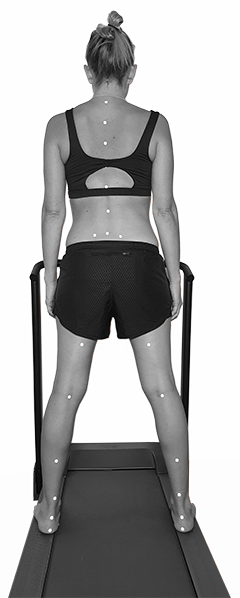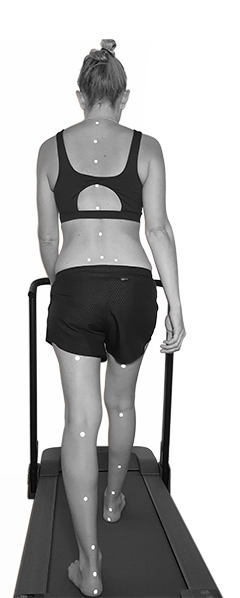





Orthokinesy was conceived with the aim of bringing together the knowledge of the different medical professions specialised in biomechanics. It makes the connexion between kinesitherapy/physiotherapy, osteopathy, posturology, chiropody etc. in order to create a ‘dynamic posturology’.
Orthokinesy helps you understand the dynamic relationships between the different parts of your body. It supports you in a global way, both statically and dynamically.
Understanding pain requires the therapist to understand the body. All pain has its own source (muscle injury, bad posture, stress...). In addition to manual anamnesis, the orthokinesist can carry out a high-precision digital analysis.
Orthokinesy has the relevance of bringing together static and dynamic postural analyses in order to detect the disturbing causes that generate pain.
Orthokinesy was first of all conceived to treat difficult pathologies of high-level sportsmen and women. Due to its success, it quickly became the logical choice for all patients with chronic pathologies.